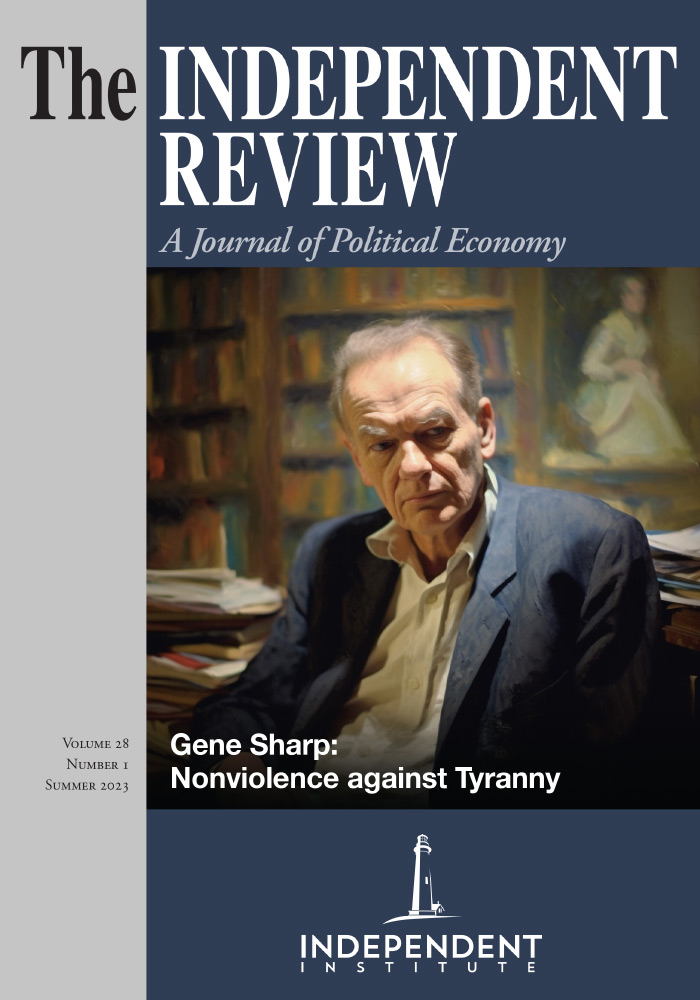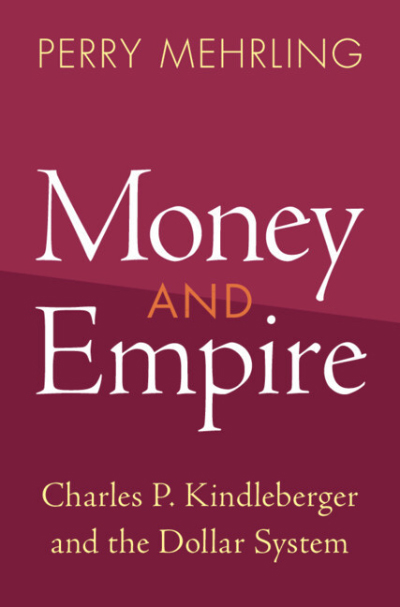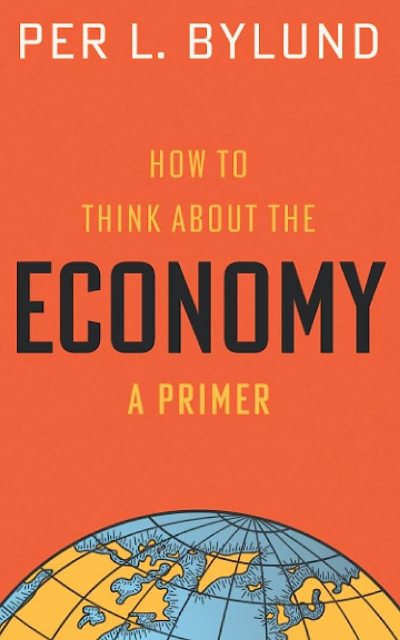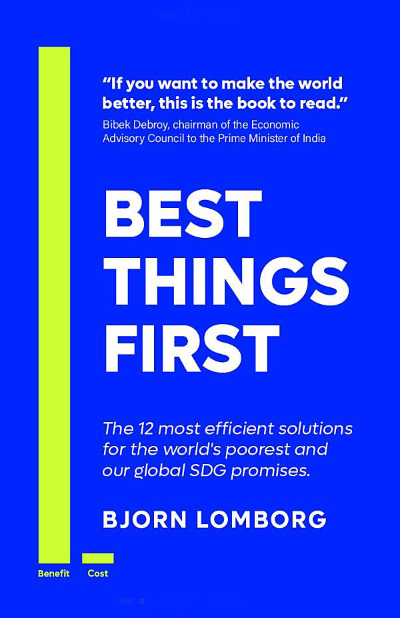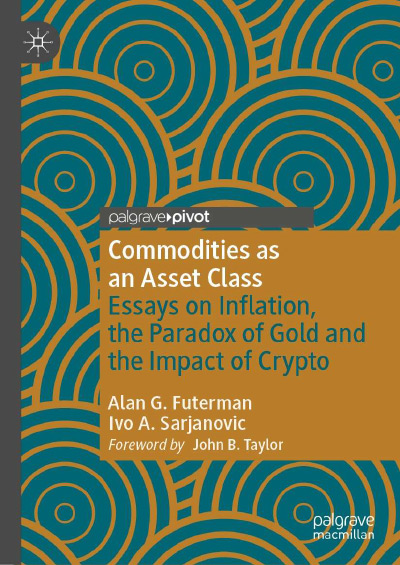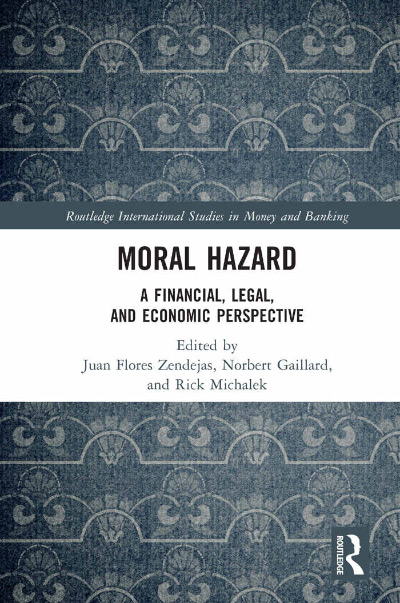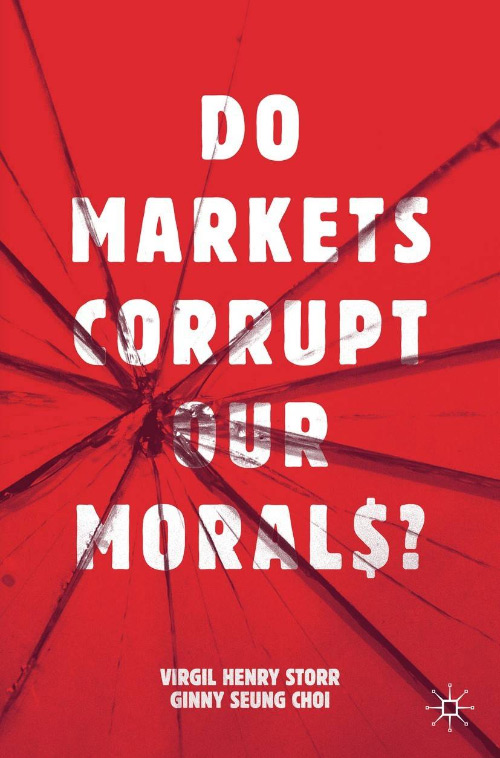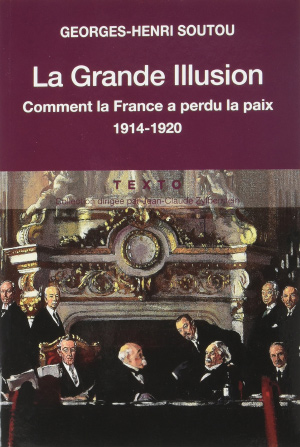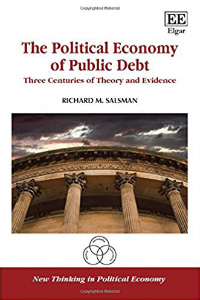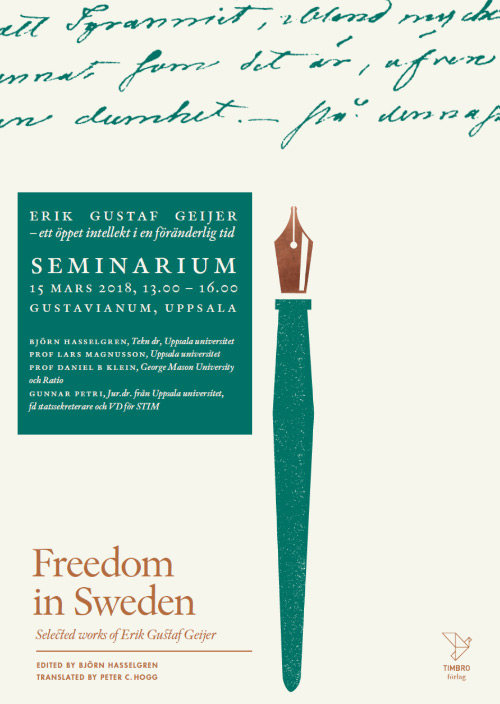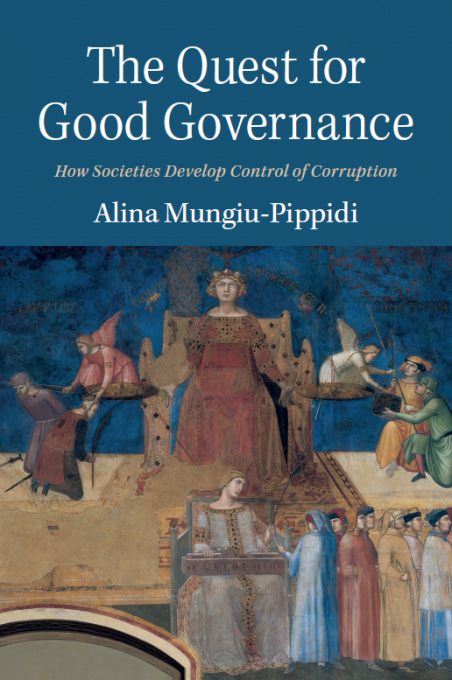This is a very readable book about an economist and his exciting times. There is much to be covered, factually and intellectually, because Charles Kindleberger (1910–2003) wrote 31 books, worked at several international agencies (1936–48), taught international economics at MIT (writing several editions of the leading textbook in the area, 1948–76), and expanded his historical research in retirement. Following the book, I emphasize the still-going dollar-standard/key-currency debate and the history of crises.
In common accounts of the International Gold Standard, the pound sterling was “global money, managed by the Bank of England; borrowers and lenders from all over the world [found] each other in the money and capital markets of the City of London [under the surveillance of] elite graduates of Oxford and Cambridge.... [T]his sterling system came to an end with World War I, whereupon construction of the dollar system that would replace it began, bit by bit” (p. 1).
“[T]he present book,” Professor Mehrling writes, “tells the story of that construction through the life and times of a single individual,” who was educated at Penn (1928–32) and Columbia (1932–36, Ph.D. thesis on International Short-Term Capital Movements), working under Harry Dexter White at the international division of the U.S. Treasury while writing his thesis, followed by the Federal Reserve Bank of New York (1936–39), where he worked on the Tripartite system, whose “underlying logic ... was the so-called ‘key-currency’ idea” advanced by Harvard Professor John H. Williams, now also a vice-president of the New York Fed (p. 57). He worked in Switzerland at the Bank for International Settlements (1939–40), at the Federal Reserve Board (1940–42), at the Office of Strategic Services (OSS) during World War II, during 1945–47 as Chief of the Division of Economic Affairs of Germany and Austria in the State Department, where he worked on the Marshall Plan, and 1947–48 on the European Recovery Program.
“[D]aily engagement with the nitty-gritty of foreign exchange markets left Charlie with a base of institutional knowledge on which he would build for the rest of his life.” He documented “the emergence of a dollar-sterling key-currency system with the two currencies held together by covered interest parity arbitrage so that differences in domestic interest rates are reflected in the difference between spot and forward exchange rates” (p. 63).
However, Kindleberger’s “lifelong battle for international monetary reform, specifically his ambition to do for the world system what [the Federal Reserve] had done for the United States” was often opposed by economists and politicians. Nondollar countries resented what they saw as the “exorbitant privilege” of the emerging dollar system while U.S. authorities resented the global responsibility that came with the issue of global money (p. 2).
One reason education didn’t work, Mehrling wrote, was that Kindleberger’s “fellow economists were feeding the fears of the politicians.... Robert Triffin wanted to replace the dollar with a nonnational world currency, and Harry Johnson wanted to replace the Bretton Woods fixed exchange rate system with a flexible exchange rate system.” For Kindleberger, however, having “himself been a central banker from 1936 to 1942 ... the economic advantage of a unified international monetary system was clear, and so Darwinian evolution could be depended upon to tend in that direction. He differed from Robert Mundell in believing that the optimal currency area was the world, not a region. “Internationally as much as nationally, trade works better with a single currency.” It looked as though politics had won when “President Nixon took the dollar off gold” in 1971, and “abandoned any attempt to stabilize the exchange rate” in 1973 (pp. 2–3, 135).
Or perhaps not. In another place (2023, Exorbitant Privilege? On the Rise (and Rise) of the Global Dollar System, Institute for New Economic Thinking, Working Paper, January) Mehrling asked—“Why does the apparently prescient and correct ‘key currency’ view remain an embattled minority view?”—but then pointed out that the question applied primarily to theorists rather than practicing bankers. “The global dollar system, though repeatedly reported to be on its last legs—most recently in the Global Financial Crisis of 2008, but most famously in the Nixon devaluation of 1971—has repeatedly instead consolidated and gone on to further geographic expansion. The key currency approach to international monetary economics, first put forward by John H. Williams in the aftermath of the 1931 devaluation of sterling, suggests that such resilience arises from the actions of market practitioners who appreciate the convenience of a global means of payment.” Perhaps Kindleberger, who believed that a hegemonic power was needed to maintain a stable international monetary system, and that “Darwinian” market forces might bring it about, has won over the theoreticians after all.
The last section of the book, which deals with Kindleberger’s career as an historical economist, begins with three deficiencies, as he saw them, of modern academic economic policy recommendations: (1) The use of partial equilibrium methods for general equilibrium problems, such as the balance of payments and exchange rates.” Taking some things as exogenous in a “real world” in which “everything depends on everything else ... can seriously mislead.” (2) The “neglect of money and banking or, perhaps worse, to bring money into the picture through a simplistic monetarist account,” and rejecting their predecessors’, from Adam Smith to Ralph Hawtrey, “analysis of credit instability.” (3) The tendency “to view [often underdeveloped] economies other than their own through an analytical lens refined for the [often advanced industrialized] case they know best,” and so, for example, preferring “balanced” to “unbalanced growth” (pp. 188–89).
An alternative approach “to general economic laws more than specific economic models” might be a “search for uniformities in history, or the elaboration of economic ‘stories,’ [which] strikes me as a vital complement to, and, for one whose professional formation took place in the 1930s, even a substitute for, high-powered theory, mathematical modelling and statistical testing.” “It is against this background,” Mehrling writes, “that we must read Charlie’s three major works of [comparative] economic history: The World in Depression (1973), Manias, Panics, and Crashes (1978), and A Financial History of Western Europe (1984)” (pp. 191–92).
The first book argues that “Friedman’s explanation of the 1929 worldwide great depression is national, monetary, related to a policy decision ... unicausal [and] wrong.” Kindleberger leaned towards the majority’s belief in a multicausal source which might have been corrected in a properly guided world economy. “The main lesson of the interwar years” is that “for the world economy to be stabilized, there has to be one stabilizer” which maintains a relatively open market for distress goods, provides counter-cyclical long-term lending, and performs as lender-of-last resort.... In 1929, 1930, and 1931 Britain could not act as a stabilizer [as it had during the pre-World War I gold standard], and the United States would not” (pp. 193–96).
Kindleberger saw his study of crises as a complement rather than an alternative to existing macro-models. “Markets generally work [as opposed to the more pessimistic Hyman Minsky], but occasionally they break down. When they do, they require government intervention to provide the public good of stability” (p. 206).
Financial History is an account of the effects of institutional change on money and finance, especially war which “is a hothouse [that] places enormous strain on resources, which finance is used to mobilize. Financial innovation occurs in wartime.... New men, new ways of doing things threatened the old.” This was illustrated by “the creation of the Bank of England [in wartime], and Britain’s subsequent success in war against larger opponents traces directly to the success of the financial revolution” (pp. 210, 215). The problems of the early-twentieth-century interwar period were due to the failure of politics. France and Germany accumulated large wartime debts which they expected to finance by postwar reparations on the other. Britain had financed combatants by borrowing from the United States. Countries could not (or would not) pay, and the politicians could not agree on a solution.
“The core problem in all of this, in Charlie’s mind, was lack of leadership, and for this he places the blame squarely at the feet of the United States. Refusal to take the lead on reparations gave free rein to greedy and vengeful voices in Europe, and refusal even to discuss inter-Allied debt settlement gave European negotiators little room to maneuver even if they had wanted to” (p. 224). After all, “They hired the money, didn’t they?”, President Calvin Coolidge is reported to have stated the American attitude.
One does not always have to agree with Kindleberger to learn a great deal about developments in the international economy from one who was conversant with events as well as with official and academic approaches to policy, and Mehrling has done us considerable service by organizing his messages. My only criticism, more of Kindleberger than of Mehrling except perhaps for his failure to emphasize it, concerns the inconsistent treatment of politics. Kindleberger wrongly criticizes the Chicago School for ignoring political science, passing over the large literatures of Public Choice and Law and Economics, and the works of George Stigler, Gary Becker, James Buchanan, Gordon Tullock, Richard Posner, and many others. “Standard economics warns of the possibility of market failure,” says Kindleberger, but he neglects policy failures in his international policy advice, notwithstanding their frequent occurrence in his histories (pp. 238–39). The breakdowns of Bretton Woods and other international arrangements were due to the priorities of national goals. U.S. prices more than doubled between 1945 and 1971, in the presence of stagnant gold reserves. National priorities prevailed even before Keynes’ General Theory, as Kindleberger had recognized for the 1920s and Roosevelt’s torpedoing of the 1933 World Economic Conference.
Instead of incorporating these preferences, however, instead of taking account of his Cambridge neighbor Tip O’Neill’s reminder that “All politics is local,” he wishes for an effective world government and “collective enforcement,” although he wonders “How to address market failure at the international level when there is no international government?” (pp. 239–45)
| Other Independent Review articles by John H. Wood | |
| Summer 2021 | The Cause of the Great Depression: The Decision to Resume the Gold Standard on Prewar Terms |
| Winter 2002/03 | Bagehot’s Lender of Last Resort: A Hollow Hallowed Tradition |

